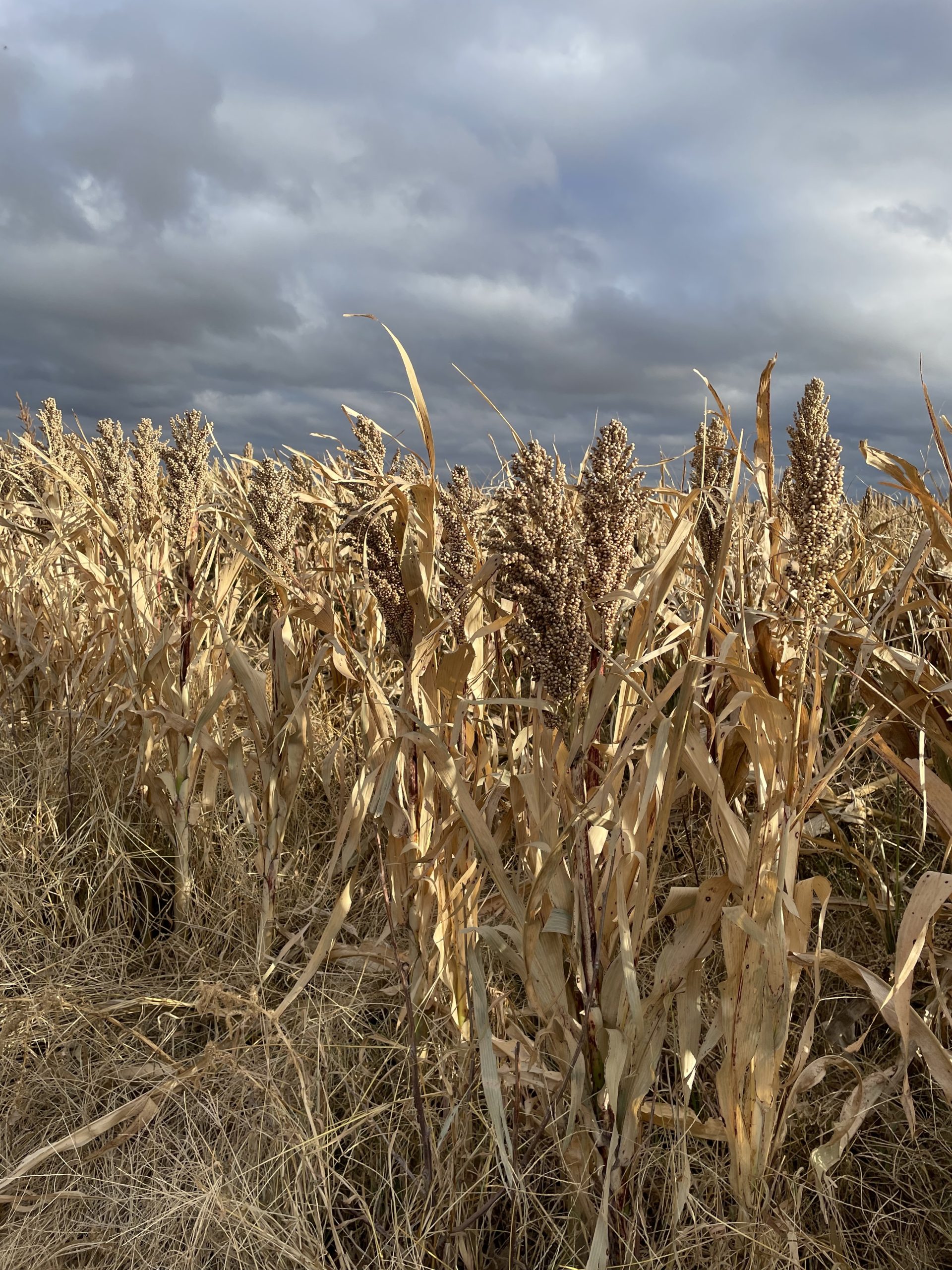Grain marketing has many moving components that can affect the price of corn, soybeans and wheat. The largest components are supply and demand, both on a domestic and national level; however, there are additional factors that come into play as well.
The agricultural marketing industry refers to these additional influences as “outside market factors.”

What’s happened
You’ve likely experienced it, one day the grain markets are behaving and trading in a mostly expected fashion, and the next day, the markets have either rallied big or fallen apart on some unexpected piece of news.
Remember COVID? Grain futures prices initially tanked on fears of doomed demand. Remember when Russia invaded Ukraine? The grain markets rallied for days. It is important to be aware of outside market news, and how that could affect grain prices in terms of either a price rally or sell off.
A few times a year I like to update farmers on the current and potential future outside market factors affecting United States grain prices. Heading into the end of 2023, the following outside market factors may have a large influence on price direction for grain markets: global trade, wars, inflation, and the funds.
From a marketing perspective
1. Global wars
With two global wars waging, any heightened tensions in the Middle East or NATO nations near Ukraine need to be monitored closely. Also, important to monitor is any potential conflict in the South China Seas or North Korea.
Any global war flare ups could have the ability to affect the prices of U.S. grain.
2. Global trade
Geo-political drama and global trade initiatives can put bumps in the road for grain prices. Remember in late May 2018 when President Donald Trump proceeded with tariffs on China and the price of soybean futures dropped $2 a bushel in just four weeks?
Trade wars or positive trade deals can occur at any time. Power plays, contentious conversations between global leaders, and outcomes of global summits are eagerly watched by the world.
Currently the world leaders are walking a precarious path as global economic powerhouses still weigh the aftermath of the COVID pandemic, two global wars, and upcoming global elections.
3. Inflation
Over the past year, stubbornly high inflation has caused the Fed to raise interest rates. This has made the U.S. dollar rally and weighed on some agricultural commodities as higher inflation causes the notion of less demand for products.
However, very recently, there are economic signs that inflation may finally be tamed here in the U.S. thanks to good news from recent Consumer Price Index and Producer Price Index reports which showed that inflation at the retail level and wholesale level had been reduced more than expected.
Why should you care? It means the Fed action of increasing interest rates has appeared to work. Demand for some goods has slowed enough to bring prices of various commodities or merchandise down. Looking ahead, the Fed will likely hold interest rates steady for a few more months to make sure inflation continues to fall. Once they see further evidence of slow or lower inflation, it may give them confidence to then lower interest rates.
4. Funds
The funds. The large investment money that can take part in commodity trading as either buyers or sellers. For many weeks, regarding corn and wheat futures, the funds have been in “sell mode” which has been a component of keeping a lid on any price rally attempt in those two markets.
Sign up for HPJ Insights
Our weekly newsletter delivers the latest news straight to your inbox including breaking news, our exclusive columns and much more.
The funds take their trading cues off supply and demand fundamentals, seasonal trade aspects, technical trading, and computer algorithms. It is important to be aware of the fund activity because the amount of buying or selling they can do can push futures prices dramatically higher or lower than expected.
Prepare yourself
As we head into the end of 2023 and prepare for 2024, there will be plenty of moving parts that will affect the price of grain.
Depending on the above factors, along with supply and demand, grain prices will have plenty of opportunities for potential dramatic price movement. Be ready for anything.
If you have questions, you can reach Naomi at [email protected] or find her on twitter @naomiblohm.
Futures and options trading involves significant risk of loss and may not be suitable for everyone. Carefully consider whether such trading is suitable for you in light of your financial condition. Total Farm Marketing refers to Stewart-Peterson Group Inc., Stewart-Peterson Inc., and SP Risk Services LLC. Stewart-Peterson Group Inc. is registered with the Commodity Futures Trading Commission (CFTC) as an introducing broker and is a member of National Futures Association. Stewart-Peterson Inc. is a publishing company. SP Risk Services LLC is an insurance agency and an equal opportunity provider. A customer may have relationships with any of the three companies.

